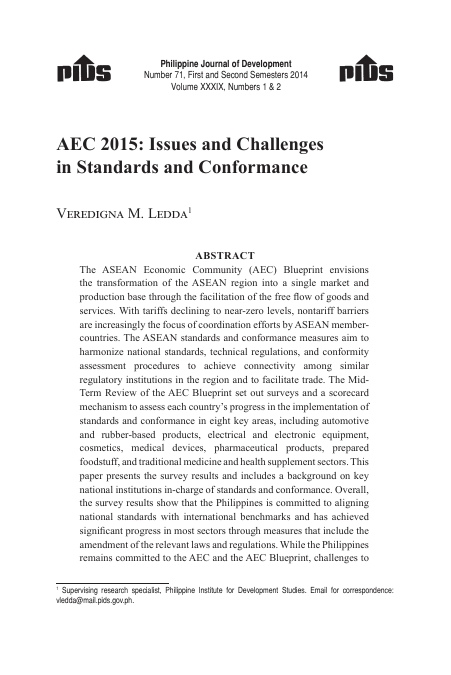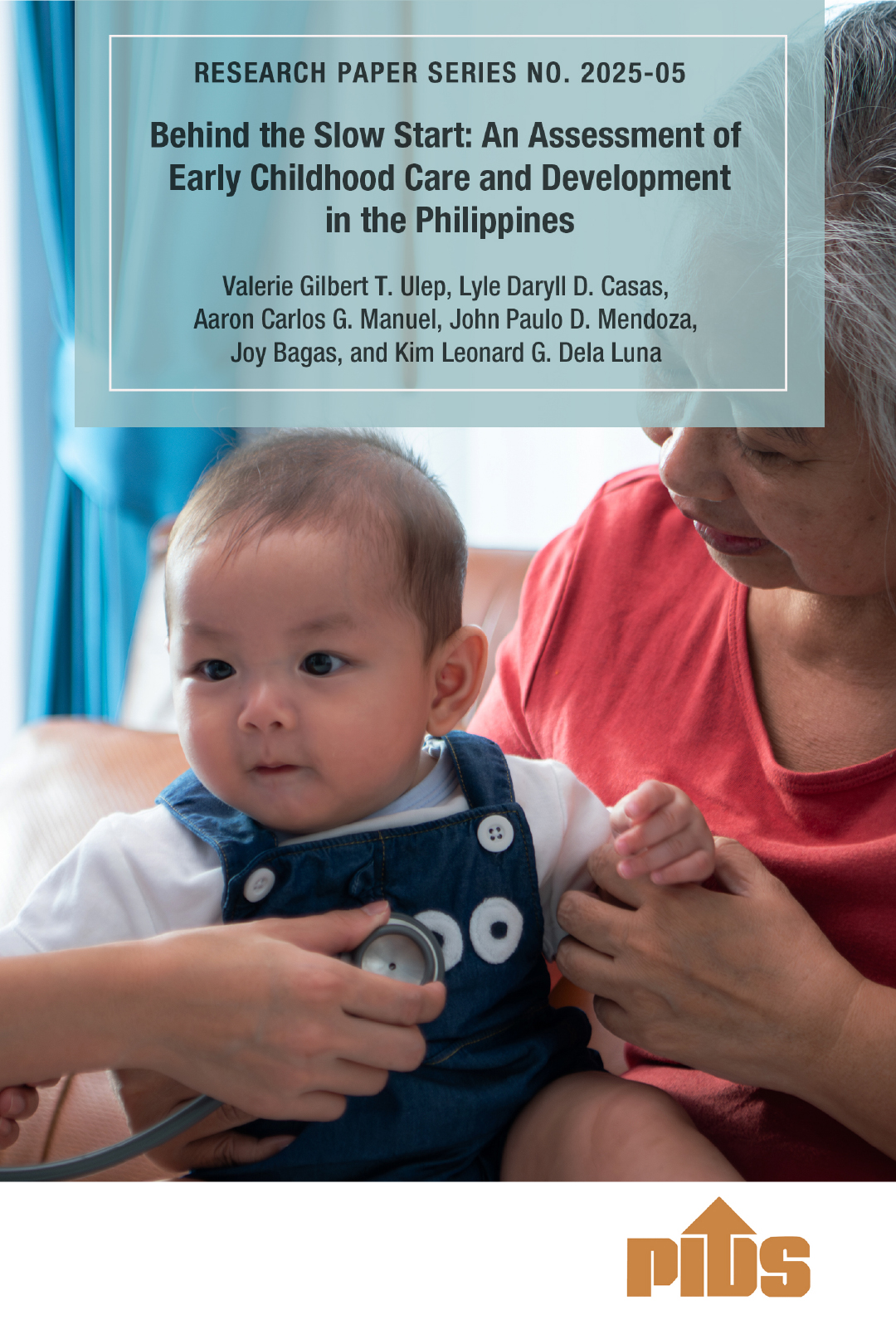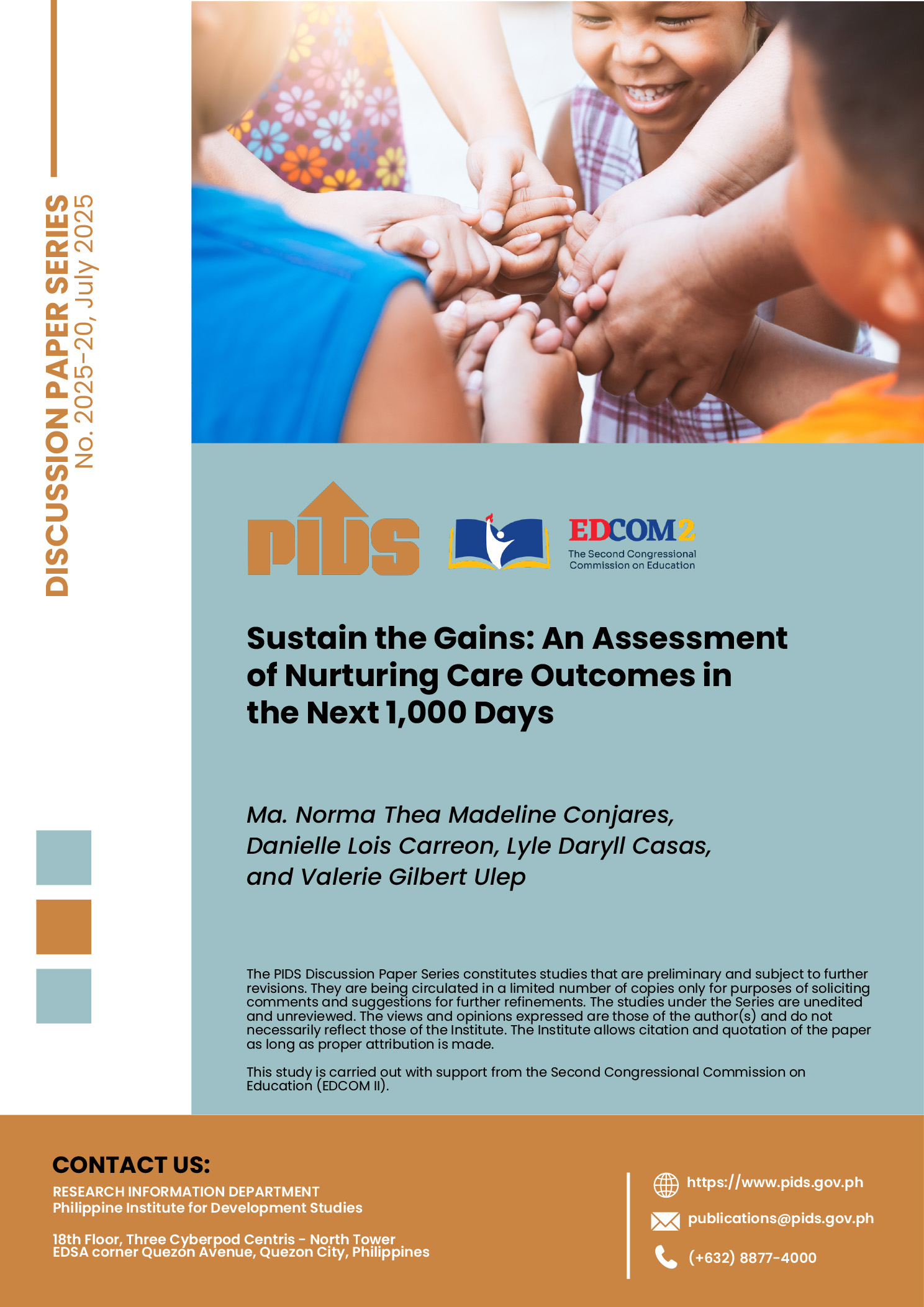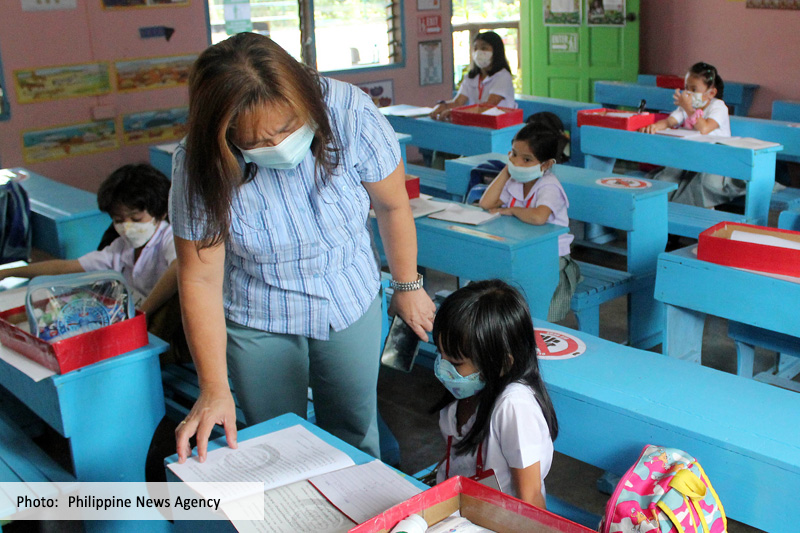The System of Health Accounts (SHA) 2011 is the current international standard for health accounting. An expanded health accounts was estimated for the Philippines using 2012 health expenditures data and applying the SHA 2011. The SHA-based health accounts estimates consist of 11 tables, 10 tables on current health expenditures, and 1 table on health capital formation. Twelve health expenditure classifications were incorporated into the tables. This paper reports findings from the pilot 2012 SHA-based health accounts--on health-care financing, provision, and consumption in the Philippines. Applying the criteria in the SHA 2011 to determine the inclusions or the boundary of health accounts, the total current health expenditures (CHE) in 2012 is estimated at PHP 465.2 billion while another PHP 7.8 billion is estimated to have been spent for fixed capital formation, health research, and training of health personnel. The two aggregates taken together constitute 4.48 percent of the gross domestic product.
Findings on health-care financing include the following: (i) household out-of-pocket still accounted for the largest share of CHE at 62.1 percent, (ii) national and local government at 19.5 percent, and (iii) PhilHealth (all programs) at 11.1 percent. Findings on health-care provision include the following: (i) 14.7 percent of CHE is spent for care in public hospitals and 21.8 percent for care in private hospitals and (ii) 32.9 percent of CHE is spent for health human resources while 43.6 percent is for pharmaceuticals. Findings on health-care consumption include the following: (i) 51.5 percent of CHE is for curative care while 9.4 percent is for preventive care, (ii) 57.3 percent of government spending went to the care of the two lowest income quintile groups, (iii) 39.0 percent of CHE was for noncommunicable diseases health care, (iv) per capita spending by region generally ranged from PHP 4,000 to PHP 6,500, (iv) per capita health spending of males and females at different ages were generally similar except at ages 15-49 years or during women’s reproductive ages, and (v) per capita health spending of the young and the elderly were generally higher compared to other population age groups.













